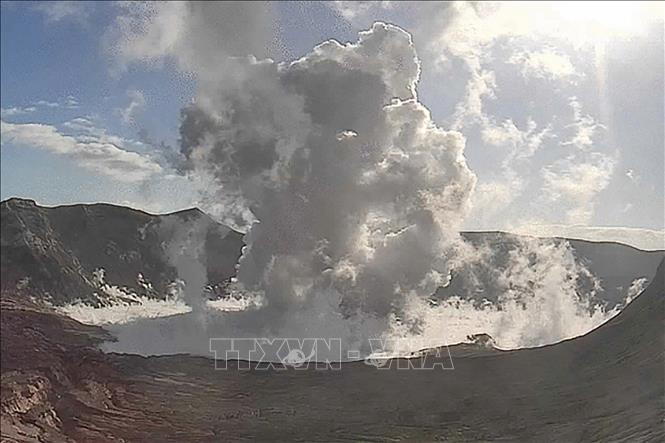On September 22, the Taal volcano near the capital Manila of the Philippines spewed higher-than-average levels of SO2 and other toxic gases, forcing authorities to order school closures in five cities and dozens of towns.

The Philippine Institute of Volcanology and Seismology (PHIVOLCS) said monitoring results showed hot lava erupting from Taal's crater lake, causing the volcano to release toxic gases. PHIVOLCS maintained the alert level at 1 on a 5-point scale, indicating a slight increase in seismic, gas or steam activity from the volcano.
Speaking on DWPM radio, officials in the southern Manila region said they had received reports of many cases of respiratory illnesses in Batangas province due to the effects of toxic gases from the volcano.
Toxic gases from the volcano can irritate the eyes and respiratory tract. Authorities have ordered the closure of schools in dozens of towns and cities in the provinces of Cavite, Laguna and Batangas, along with several cities in the capital region. The Civil Aviation Authority of the Philippines has advised aircraft to avoid flying near the volcano’s summit, citing the danger of airborne ash and the risk of debris from sudden explosions.
The 311-meter-high Taal Volcano sits in a lake in Batangas province near the capital Manila. It is one of the most active volcanoes in the Philippines. Taal last erupted in January 2020, forcing the evacuation of more than 100,000 people and canceling dozens of flights as ash drifted as far as the capital.
The Philippines is prone to volcanic eruptions and earthquakes because it lies on the Pacific "Ring of Fire", an area of intense seismic activity.
According to Tin Tuc newspaper